Attitude Gap Report
- Emma Anderson
The Attitude Gap Challenge 2016 is a multi-agency co-design challenge led by the Auckland Co-design Lab (the Lab) in collaboration with overall Lab sponsor, Auckland Council’s Southern Initiative. It was sponsored by the Ministry of Business, Innovation and Employment (MBIE) and the Ministry of Social Development (MSD).
The challenge centres on understanding the reasons behind the lack of connection between local employers and young people in South Auckland.
South Auckland has a broad and growing economy, rich cultural diversity and a young population. However South Auckland young people’s high unemployment rate isn’t explained by lack of educational attainment alone. This situation is both socially and economically costly to the region, with looming labour shortages and negative social and financial impacts for families.
Anecdotally, employers say they struggle to find local candidates with the ‘right attitude’. On the other hand, young people report that the experience of applying for jobs and encountering workplace culture is like entering a foreign country, with unfamiliar and invisible practices, language and rules.
The overarching finding of this project is that the challenge that employers and young people face in South Auckland is much broader than attitude, and is in fact a complex clash of norms and expectations, which could be overcome through greater preparedness and proximity between different groups involved.
The challenge found that:
The gap is self- perpetuating ie bad experiences equal more disengagement for both employers and young people.
Current systems (especially in the recruitment phase) make it even harder for young people, and create frustrations and burdens for employers.
Businesses and employers are sometimes aware of but don’t know how to build on the cultural strengths and diversity of young people.
Many employers view workplace culture as the norm, with little insight into how its unspoken rules can work to disengage young people or what support is required.
For many people in South Auckland not only is whānau their number one priority they often have greater obligations and requirements to support their families, and young people can struggle to balance their family loyalties and obligations with the world of work.
Conflicting communication norms serve to intensify initial connection issues and can impede ongoing employment progression once in the workplace, despite the fact that employers and employees broadly share similar goals and values.
There is a need to build better connections, between all parties–from earlier in a young person’s life.
There is a lack of responsibility, accountability, and coordination amongst the multiple players in the education to employment journey and all have a part to play in building a robust roadmap.
Bringing the different parties together and building understanding of and empathy for one another’s point of view helps to collapse the gap.
This report investigates how the gap is formed, and manifests itself in four critical phases of the employment journey:
1. Getting Prepared: learning about the world of work
2. Getting In: the invisible nature of the recruitment process
3. Staying In: balancing home and work life
4. Progressing: the cycle of motivation, risk and reward
The recruitment process, and the invisible, ineffective and demotivating way that young people are assessed, is the critical point of failure for many potential employers and employees. This phase also holds the biggest opportunity for whānau, community, educational providers and employers to create new ways to create mutual understanding and successful connections.
This report sets out themes mined from international research and insights gleaned from conversations with key players in the local ecosystem including employers, young people, government agencies and NGOs. The local findings echo international trends, but apply them to the unique cultural setting in South Auckland. Although locally based, the findings will resonate for communities across New Zealand. The report then provides glimpses of potential ways to work together to bridge the gap in future.
This report contains visual representations of the insights, impacts and potential future state. hese have been prepared as resources and conversation starters.
